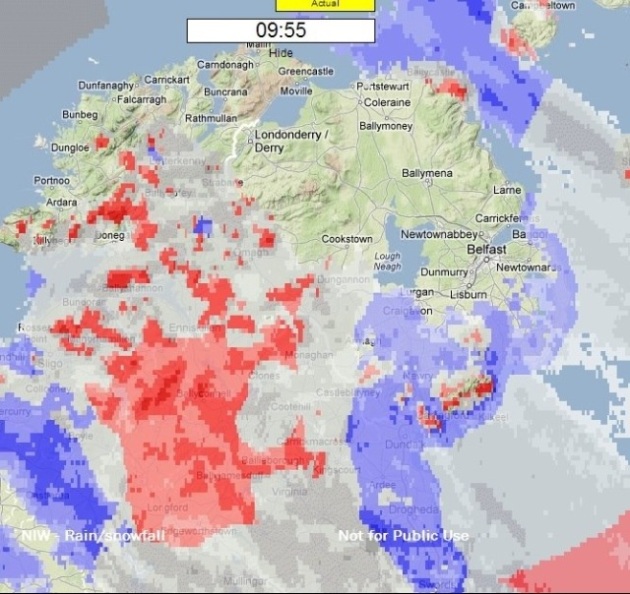Last Friday morning here in our small damp little island and for just over an hour we all enjoyed a rare an unusual spectacle – the sun shone. Even rarer than that, we had a solar eclipse. It wasn’t a total eclipse, but at 95% it was still spectacular. We were all quietly enjoying a bright sunny morning. Spring was in the air.

my beautiful Mother’s Day daffodils

naughty Lucas up on the table catching a few warm rays

the Gillybirds busy in the coop loving the brightness
Gradually the moon’s shadow moved over the sun and by 9.30 am the sky was still bright blue, but it was really dark. The bird’s were singing their twilight song, it was most peculiar. How scarey it must have been for people centuries ago who didn’t know what was going on. It must have really freaked them out. Fortunately by around 10.30 the sky was back to normal and the moon had moved on.
We had all been well warned to not look directly at the sun during this event. Back in 1999 I observed our last eclipse through a pin hole made in a shoe box. For me, eclipse fashion hadn’t moved on much so I once more donned the shoe box on my head and it worked very well. The youngest Gillyboy was provided with welding goggles in school. They also projected the sun’s image through a colander onto white paper to get multiple images.

all the best dressed eclipse watchers wear shoe boxes!
I watched the hens closely to see if they would head off to bed due to the failing light, but they just carried on scratching and pecking as is their usual morning routine. Not fazed by the solar event at all.


If you want to check when an eclipse will be coming your way this NASA solar eclipse calendar is really helpful.Looks like Antarctica is the place to go if you want to make it a regular experience.
Local BBC coverage has some great photos too.
I didn’t capture any images worth sharing. Social media was a busy place to be on Friday morning and it was fun to watch the event as others were witnessing it (or not, if it was cloudy where they were).
I wonder what we will at be like when the solar eclipse next comes to these shores in 11 years time. Older and hopefully wiser.
Gillyboy number 3 celebrates his 17th birthday today. Next time he will be 29!
And my dear friend CC told me, in 11 years time she won’t even be as old as I am now. That’s friends for you😛🌒



















